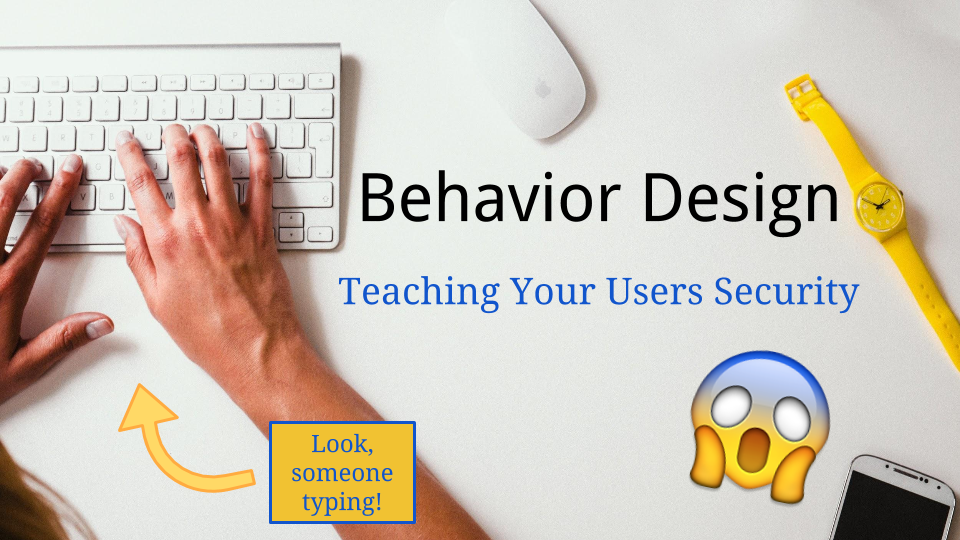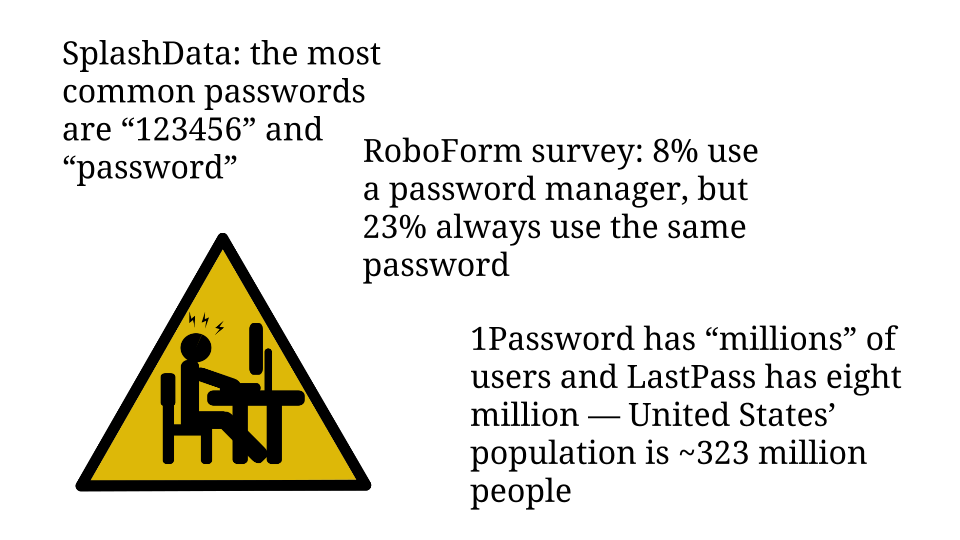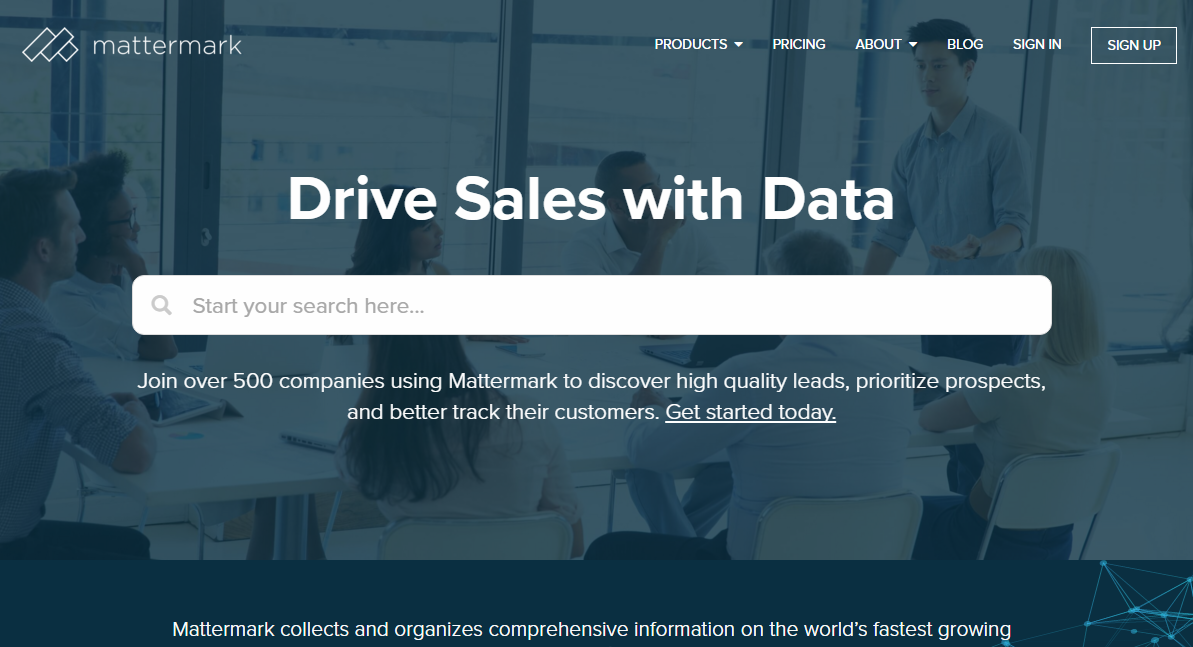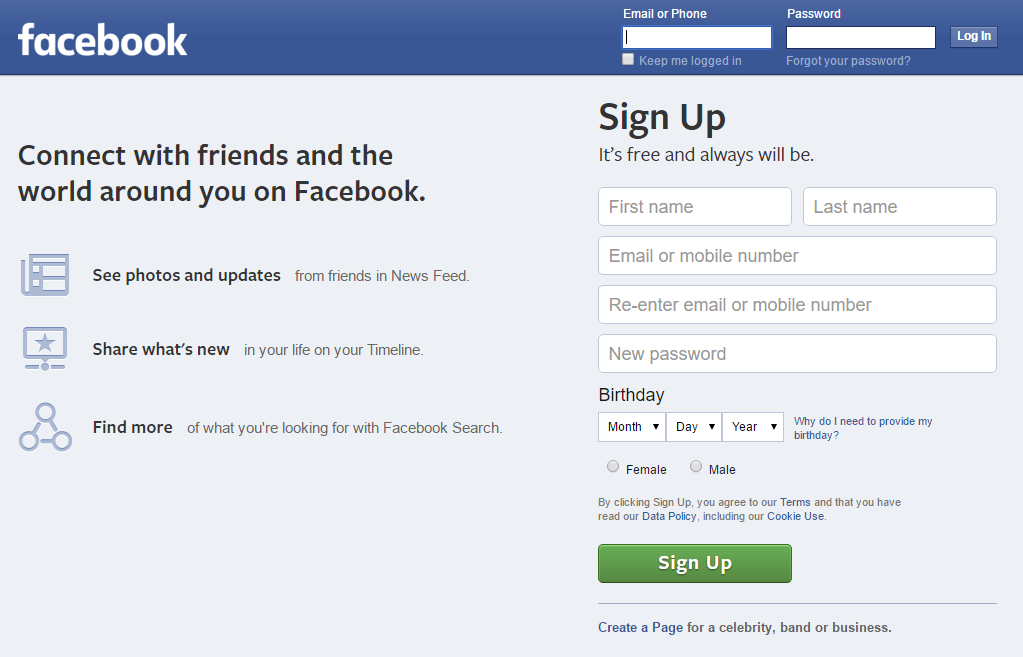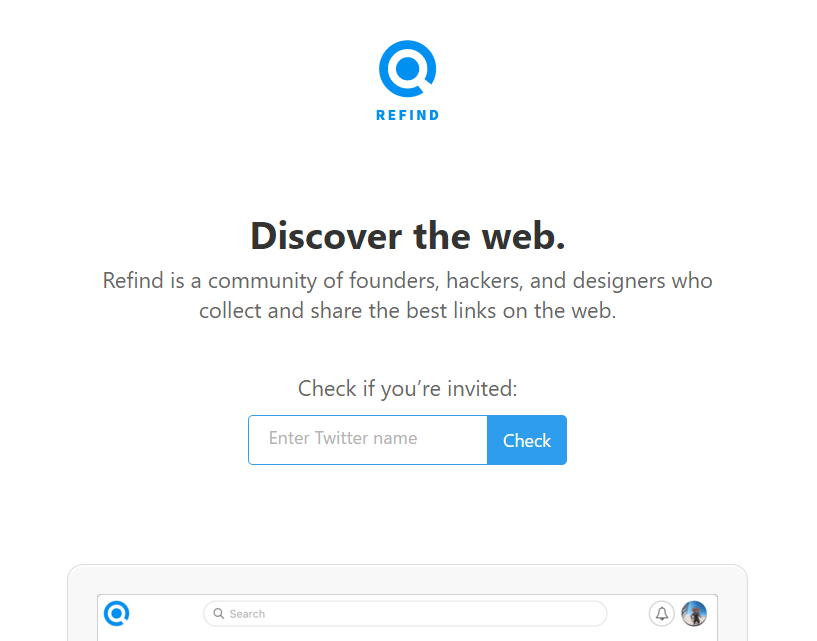“How I got press coverage for my dinky seed-stage startup” is a common topic in places like /r/Entrepreneur, but it’s pretty rare for a journalist’s perspective to be included. Well, I’m a full-time tech reporter who’s been following and writing about the industry for several years. I don’t claim to be a veteran, but I certainly receive a lot of pitches from or about startups. I would appreciate it if the caliber of those pitches improved!
(I also owe a hat-tip to Sean Byrnes; last week he asked me how I decide which emails to pay attention to and which companies to cover. That’s why this subject is top-of-mind.)
Before we get into the suggestions, one caveat: Unless you have a Trumpian sixth sense for publicity, you will probably get farther by following my advice than you will by following your instincts. However, that doesn’t mean that my preferences generalize to literally all reporters.
Optimal Attitude
You’re not heading into a fair contest.
For one thing, the supply-demand dynamics are against you. Tech journos are inundated with pitches on a daily basis, and we only have so much time. That’s why you should adjust your approach to make our lives more convenient, whereas we can delete three times as many emails as we respond to.
For another thing, reporters are strongly biased in favor of companies or founders that our readers already know about. Especially at general-interest publications. “Popular Entrepreneur Does Thing” will usually generate more reader excitement than “Unknown Entrepreneur Does Thing” and journalists are keenly aware of that. Companies like Google or Facebook could be terrible at PR and they’d still get covered nonstop, because readers love hearing about them.
I’m sure it’s frustrating, but that’s just how the incentives work out. You’ll have a better time if you accept the unfairness and tailor your approach to giving your company the best chance possible.
Necessary Elements
Emails that don’t satisfy these requirements are wayyy more likely to be trashed immediately.
Within the first few sentences, say who you are and what your relationship is to the company. If you’re the founder, I want to know that. If you’re the head of comms, I want to know that. Etc, etc.
Explain the company’s purpose — what it does and what the product is. Be concrete and use plain English! Cliché or baffling jargon is an immediate turnoff. (This step isn’t necessary if your company is well-known, but if that’s the case, why are you even reading this post?)
Don’t pretend that you closely follow my coverage of blah blah blah, unless it’s actually true. Acceptable: “Since you wrote about [whatever topic], I think you might also be interested in covering [similar topic].” Annoying: “I really enjoyed your article about [whatever topic], and [insincere flattery].” C’mon — I am skeptical for a living.
That said, please do look at what I’ve written about before, and don’t pitch me if your company is not even remotely on my beat! It’s a waste of everyone’s time. The automated “spray and pray” approach to PR can work when executed well, but only if you manage to reach journalists who write about your subsegment of the industry.
Sparking Interest
Beyond the basic email etiquette outlined above, here are the criteria I use to evaluate whether a startup is worth more attention:
Does the product sound like it’s useful, and does the company have a business model? Yes on both counts = you pass this round. Yes on product = maybe. No to both = do not pass Go; do not collect $200.
Did the company actually do something? “Hey, my startup exists” is far less compelling than a genuine event. If you want to be in the news, do something newsworthy! Examples:
- raising money
- launching a product
- changing strategy or pivoting
- hiring a notable person
Side projects and internal initiatives can also qualify.
Will the company share metrics? Revenue is the best one, but hardly anyone discloses that. DAUs, MAUs, number of paid seats or licenses, MRR, burn rate — going on the record with financial details of any kind automatically makes you more interesting to me. Especially if the figure hasn’t been reported before!
Is there external validation? VCs can serve this purpose, as can advisors or notable customers. If Elon Musk called the founder a brilliant person, you will have an easier time getting covered.
6/15/2017 Update
I got the following text from a PR person who introduced me to a relatively early-stage startup:
I’m wrapping up the freelance gig with [company] and wanted to re-engage before I do and see if you wanted to revive this. Any feedback is helpful to them, too. What they’re doing is unique but I honestly struggled to get their name out there.
I responded:
Hey! So, in this case I wanted to write about the company or do a video but didn’t have buy-in from my editors for a dedicated piece.
Also, PR operates on long time-cycles. (You can tell them I said so.) it wouldn’t be surprising if I have a reason to mention [company] in the future. Knowing about the company and how it works means I have someone to tap if I’m going to write about [industry], for example
I probably didn’t do a good enough job distinguishing my enthusiasm about the idea from a guarantee of coverage — I can’t really ever guarantee that, and I’m trying to be more proactive about saying so
Tl;dr you did a fine job, but the stars didn’t align on my end
Hopefully that exchange adds some context about how this works in practice.
That’s it! Let me know if you have any questions. I’m smann@inc.com, me@sonyaellenmann.com (checked much less frequently), and @sonyaellenmann on Twitter.
